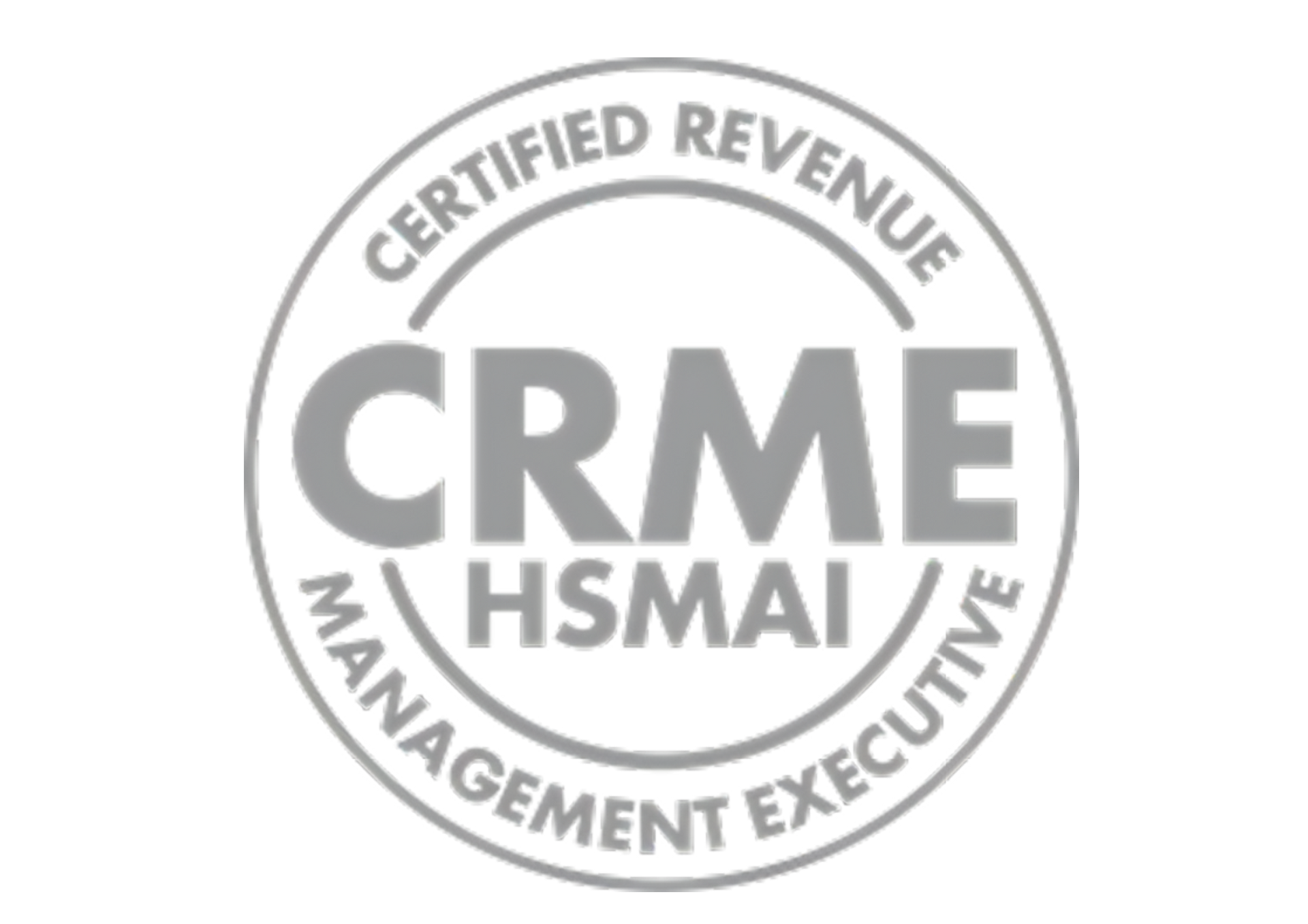When the Model Cracks: What a Silent Collapse Could Be Teaching Us
Why smart operators are re-thinking scale, structure, and stability for 2026

She had just 42 minutes.
One moment she was enjoying her day in the city. The next, her phone buzzed with a message that made her heart drop: “You must vacate immediately.”
She had paid. She had unpacked. Her chargers were still plugged in. But suddenly, the room was no longer hers.
Somewhere far away from the guest experience, a decision had been made: one that turned her stay upside-down. And just like thousands of others that day, she stood in the hallway wondering: Where am I supposed to go now?
It was a sharp reminder that a business can look smooth and modern on the outside… while quietly struggling on the inside.
No blame. No finger-pointing. Just a real example of what can happen when scale grows faster than structure, distribution becomes harder to control, and growth outruns guest protection.
THE SHIFT FROM INCIDENT TO INSIGHT
A gentle look at what may have gone wrong through a commercial lens
Rather than dissecting the event, this is an opportunity to examine the structural weaknesses that often sit beneath rapid-growth hospitality models. We may not know the full sequence of events, but the patterns that typically lead to collapses of this nature are well known — and they offer timely lessons for operators, owners and partners preparing for 2026.
1. Growing Faster Than the Business Model
Hybrid operators often expand at impressive speed: more units, more markets, more supply. But expansion without robust and scalable blueprint for commercial strategies and operations and the distribution tech stack such as segmentation, inventory strategy and revenue architecture, standards, policies and procedures creates fragility. When customer profiles, demand patterns and pricing logic are not rigorously defined from the start, growth becomes wide rather than strong. From the outside the model looks successful; from the inside, the foundations may be stretching beyond their limits.
“Asset-light hospitality models often struggle to balance rapid expansion with the operational depth needed to support it.” - Skift
2. No Commercial Culture Holding the System Together
Total Revenue Optimisation only works when departments operate as one commercial organism. Many tech-led hybrid models scale with speed but without the cross-functional commercial culture that hospitality demands. Forecasting, cashflow, distribution, operations and pricing may sit in different corners of the business. They function well enough in calm conditions but separating under pressure. What appears as a sudden collapse is often the visible result of long-standing internal fragmentation.
"Not one person or department, no matter how good the talent is, can revenue manage a hospitality business on their own. It takes an entire team to be successful." -Judith Cartwright
3. Partnerships Built on Speed, Not Strategic Fit
Rapid expansion frequently relies on rapid partnerships. But strategic partnerships require operational and technical readiness, not just brand alignment. The liquidation statement pointed to delays integrating with a major global loyalty platform, resulting in unanticipated integration costs and lower-than-expected reservation revenue. While we cannot know the full context, it highlights a broader truth: partnerships are only as strong as the systems, expectations and capabilities that support them. When alignment isn’t deep and tested, even valuable partnerships can create strain.
“Successful hospitality partnerships depend on the depth of operational and technical integration, not just branding alignment.” -Sage Journals
4. Underdeveloped Asset Optimisation
In fast-growth models, units can be added more quickly than they are optimised. Rooms, shared spaces and amenities become listings rather than engineered profit centres. Without clear value tiers, ancillary revenue pathways, or per-square-metre strategies, the model increasingly relies on volume. But volume is a fragile safety net especially when markets shift, capital tightens or demand becomes unpredictable.
5. Weak Distribution Control and Erosion of Trust
Distribution is one of the most sensitive pressure points in modern hospitality. If platform integrations are delayed or misaligned, booking flows can decline overnight. When wholesale leakage, markup inconsistencies or OTA undercutting go unchecked, rates drift, revenue softens and guest confidence erodes. Distribution issues do not remain invisible they eventually surface at the guest level, often in ways that damage trust at the worst possible moment.
The Patterns Are Familiar
Across the industry, collapses of this nature tend to emerge from the same root causes: optimistic growth projections, overreliance on external distribution, long-term liabilities supported by short-term revenue, limited operational buffers, and systems or partnerships that were not fully integrated before scaling. We cannot say these were the exact drivers in this case but they are the recurring structural vulnerabilities that hospitality leaders should recognise and address.
"Organisations with strong commercial systems are significantly more resilient during operational disruptions." - Deloitte
Top Considerations for 2026
A stronger, more resilient commercial model rests on five principles.
First, build a Total Revenue Optimisation framework before expanding ensuring segmentation, inventory, channels and pricing are engineered for scale, not retrofitted later.
Second, create a cross-functional commercial culture where forecasting, distribution, operations and finance move together rather than in isolation.
Third, evaluate partnerships not just for brand opportunity but for technical readiness, shared KPIs and integration capability.
Fourth, optimise every square metre — from spa to F&B to flexible spaces — to reduce dependency on rooms alone.
And finally, treat distribution as a risk centre. Rate parity, leakage control, booking flow stability and CPA by market must be monitored daily, not occasionally.
The Takeaway
We may never know exactly what caused this collapse but the pattern it reveals is familiar. And the lesson is simple:
If you build something big on shaky foundations, it wobbles.
If you keep building without fixing the wobble, it eventually falls.
For hoteliers, the deeper truth is this:
Resilience isn’t luck — it’s design.
It comes from building commercial systems strong enough to protect both the asset and the guest, not by avoiding every challenge, but by being engineered to withstand them.
This article is brought to you by THE CURRENT by Black Coral Consulting.
THE CURRENT is our insights series on profitability and commercial optimisation for hospitality and beyond. Subscribe to never miss an edition. And if you’d like support turning these strategies into action, connect with us at Black Coral Consulting.














